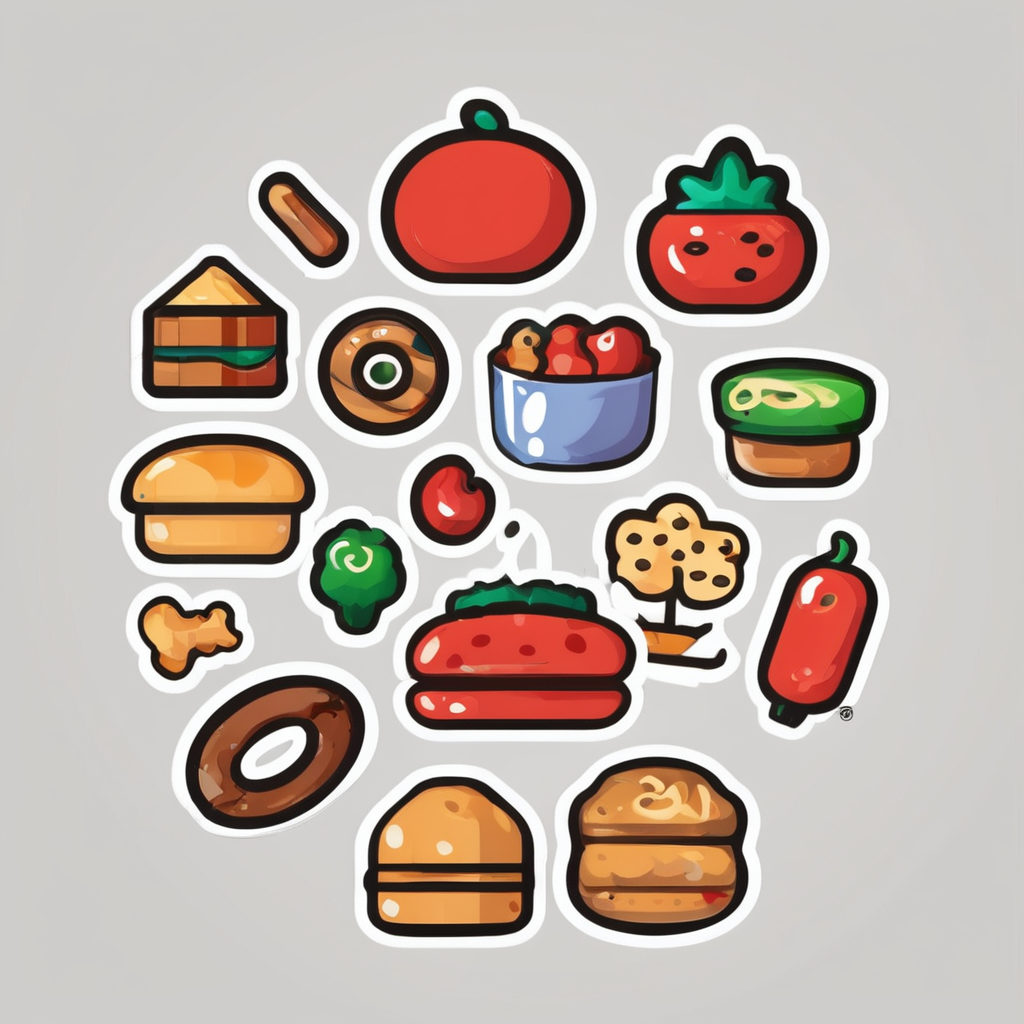Factors to Consider When Choosing a Countertop Convection Oven
Choosing the right countertop convection oven involves assessing several key factors to maximise your investment. The size of the oven is crucial, both in terms of kitchen space and the volume you plan to bake. A small kitchen might demand a compact model, while larger families could benefit from a bigger unit to accommodate more food.
Wattage plays a significant role in cooking efficiency and energy consumption. A higher wattage generally means faster cooking times and potentially better energy use. Nonetheless, it can also influence your electricity bills, so striking a balance is essential.
Also read : Top picks for gluten-free kitchen essentials in the uk
When it comes to features and functionality, they can greatly enhance baking performance. Models equipped with dual fans circulate hot air more efficiently, ensuring uniform heat distribution. This is particularly beneficial for foods requiring even cooking. Additionally, look for settings that offer precise temperature control, as they can make a noticeable difference in the outcome of your baked goods.
Consider whether your oven comes with useful presets for specific cooking tasks; these can simplify your cooking process. By evaluating these elements, you can choose an oven that meets your culinary needs and fits seamlessly into your lifestyle.
Also to discover : Best cheeses for raclette recipes that melt perfectly
Comparison of Top Countertop Convection Ovens
Choosing among the top models of countertop convection ovens hinges on understanding key differences between brands. Several oven reviews highlight respected names such as Breville, KitchenAid, and Cuisinart. These brands consistently earn praise for their performance and product comparisons often feature them prominently.
Overview of Leading Brands
Breville models are lauded for innovative design and precise controls. KitchenAid ovens receive positive marks for durability and reliability, while Cuisinart stands out for offering premium features at competitive prices.
Comparative Features and Performance
When evaluating performance, consider metrics like heating uniformity and cooking time. Dual convection fans are a sought-after feature, ensuring even heat distribution. Breville’s higher wattage options provide quicker preheat times, which cuts cooking durations significantly. Meanwhile, KitchenAid excels in producing consistent baking results, even at lower wattages.
User Reviews and Ratings
Customer satisfaction is reflected in user reviews, with many applauding Cuisinart’s balance of features and affordability. Ease of use and reliability of these top models contribute to their popularity. High brand ratings generally correlate with positive cooking experiences, underscoring the value these ovens bring to the kitchen. Users particularly appreciate models with intuitive interfaces and easy cleaning capabilities, highlighting convenience as a major plus.
Tips for Optimal Baking with Convection Ovens
Baking with a countertop convection oven can transform your culinary adventures. However, applying the right tips ensures the best outcomes. Adjusting the temperature and baking time is fundamental. Convection ovens tend to cook faster due to efficient heat circulation. Lower the recommended temperature by about 25 degrees Fahrenheit and check for doneness slightly earlier than usual.
Harnessing your oven’s convection settings is crucial for even baking. The gentle circulation of hot air helps in achieving uniformly baked goods. This technique works wonderfully for items like cookies and pastries that thrive on consistent heat exposure.
Equally important is using the appropriate bakeware materials. Opt for lighter-coloured pans that prevent over-browning due to increased heat efficiency in these ovens. Materials such as aluminium are excellent for heat conduction, improving your results.
When baking different foods, stagger trays top and bottom. This positioning allows for optimal air flow throughout the oven. Always leave space around your dishes to avoid obstructing air circulation, ensuring all items bake evenly.
Employing these strategies maximises your convection oven’s potential, leading to enjoyable baking experiences and delicious end products.
Maintenance and Care of Your Convection Oven
Ensuring proper cleaning and upkeep of your convection oven can significantly impact its longevity and performance.
Routine Cleaning Practices
Regular cleaning is essential to maintain your oven’s functionality. Start by unplugging the oven to avoid any electrical hazards. Remove racks and clean them using mild detergent and warm water. For the oven’s interior, gently wipe down the surfaces with a non-abrasive cleaner, ensuring no residues remain. Regular maintenance also prevents build-up, which could affect cooking performance.
Troubleshooting Common Issues
Even with regular upkeep, problems can occur. A common issue is uneven cooking, which often stems from poor air circulation. Confirm nothing is blocking the fans or vents. Additionally, if the oven displays error codes, consult the manufacturer’s manual for specific guidance.
Long-Term Maintenance Tips
To extend your oven’s lifespan, it’s crucial to stay ahead with preventative care. Periodically check and replace seals around the door to ensure optimal heat retention. Schedule regular inspections of electrical components if you notice any quirks in performance. These steps not only enhance the oven’s durability but also sustain its efficiency and safety over time.
Comprehensive Buying Guide for Countertop Convection Ovens
Exploring the perfect countertop convection oven begins with a well-rounded buying guide. Navigating this decision requires focusing on a features checklist tailored to your unique baking needs. Key attributes such as size, wattage, and function often lead the decision-making process. For instance, consider an oven’s capacity in relation to your kitchen space and usual baking volume. Compact models might suit small kitchens better, while larger units are ideal for bigger baking requirements.
Budget is another cornerstone when purchasing these ovens. Striking a balance between cost and value ensures a sound investment. Evaluating how the oven’s features can support your cooking habits can spotlight high-value options despite a heftier price tag. Remember, higher initial costs can lead to more extensive functions and potentially greater efficiency.
When delving into product specifications, scrutinise cooking presets and ease of control. A comprehensive buying guide won’t just skim over wattage but will elucidate how it ties into cooking efficiency and energy usage, ultimately impacting your utility bills. A detailed comparison allows for informed choices, matching the oven’s performance to your culinary demands. By cross-referencing this data with your needs, you ensure an optimal purchase decision.

